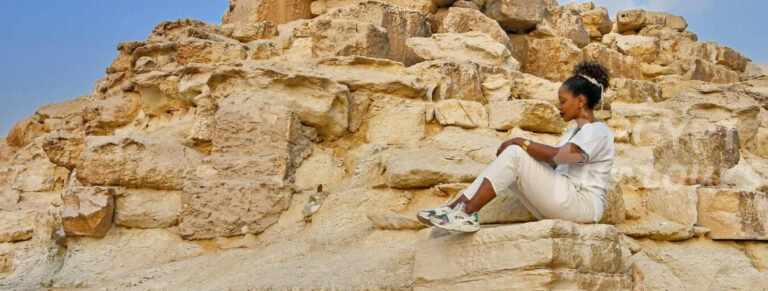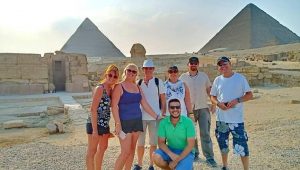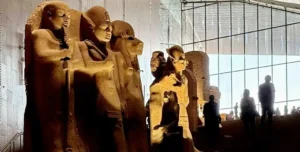The Giza Zoo: History and Collection
Khedive Ismail constructed the Giza Zoo, opening it on March 1, 1891. It spans approximately 50 feddan (51 acres), once part of the Harem gardens. Ismail imported several plants from South America, Africa, and India, including a banyan tree planted in 1871. Initially, the zoo’s collection featured 180 birds and 78 more species, all acquired from Ismail’s personal menagerie.
The Giza Zoo remains one of Egypt’s most popular tourist attractions. Hundreds of schoolchildren from outside the city visit daily, and Cairo schools organize weekly trips to the zoo. Animals, birds, and reptiles of all types consistently draw visitors.
Wildlife Conservation Efforts
The Zoo displays a huge array of African wildlife. It also houses various animals and birds extinct in Egypt. The zoo plans to return them to their natural habitats, from which they disappeared. These include mountain goats and rams, Egyptian gazelles, and herons.
Layout and Features
The Giza Zoo divides into five mountainous sections. Citadel Hill, built in 1867, stands as the largest. It features statues of the Fayoum rhinoceros, crocodiles, and odd birds, all now extinct. A small park encircles its plateau, accessible via a spiral walk.
The zoo boasts plant-covered walkways, a variety of streams, and a central resting hall. Numerous cement and pebble statues of birds and reptiles adorn the grounds. The streams flow into waterfalls that lead to a lake with two islands, connected by a wooden bridge. These streams pass through caverns with white coral reefs hanging down. Furthermore, two artificial hills in front of the lions’ home connect via a unique iron suspended bridge, Egypt’s only one.
Museum and Research
The garden also houses a museum, established in 1906. It divides into three large rooms. These rooms contain vast groups of embalmed Egyptian and foreign birds, reptiles, fish, and animals, as well as bones. Two additional halls display a variety of creatures, reptiles, and birds. For this purpose, an embalming plant sits behind the museum.
The Giza Zoo additionally serves as a research center for experts interested in animal and avian behavior. In Egypt, five non-governmental groups run programs. They encourage people to protect wild animals and raise environmental awareness.
Address: Oula, Giza District, Giza Governorate
It opens at 9 AM Wed
Phone: +202 35708895
Number of animals: 6,000
Opened: March 1, 1891
No. of species: 175
Important Note: The Giza Zoo is closed for renovation. In December 2022, the government announced the zoo would be closed for a year for renovation, but as of July 2025, the Giza Zoo is still closed for renovation.


























